Bharatanatyam Dance
Bharatanatyam is an Indian classical dance that originated in the Hindu temples of Tamil Nadu in southern India. Bharatanatyam dance is a tradition steeped in Indian history and culture.Today, Bharatanatyam is a dance style that encompasses religious and non-religious themes, as well as fusion styles.Characterized by precise movements, sharp edges, and expressive body language, this tradition has delighted audiences for generations.Bharatanatyam has been revived to continue to serve the people who find joy in the formal and intuitive expressions embodied in the structure of the dance.Bharatanatyam word was derived by joining two Sanskrit words: ’Natyam’ meaning dance and ’Bharata’ which is a mnemonic containing ’Bha’ (bhava/emotions), ‘Ra’ (raga/melody), and ‘Ta’ (tala/rhythm). Thus the term Bharatanatyam means a dance that expresses Bhava, Raga, and Tala.
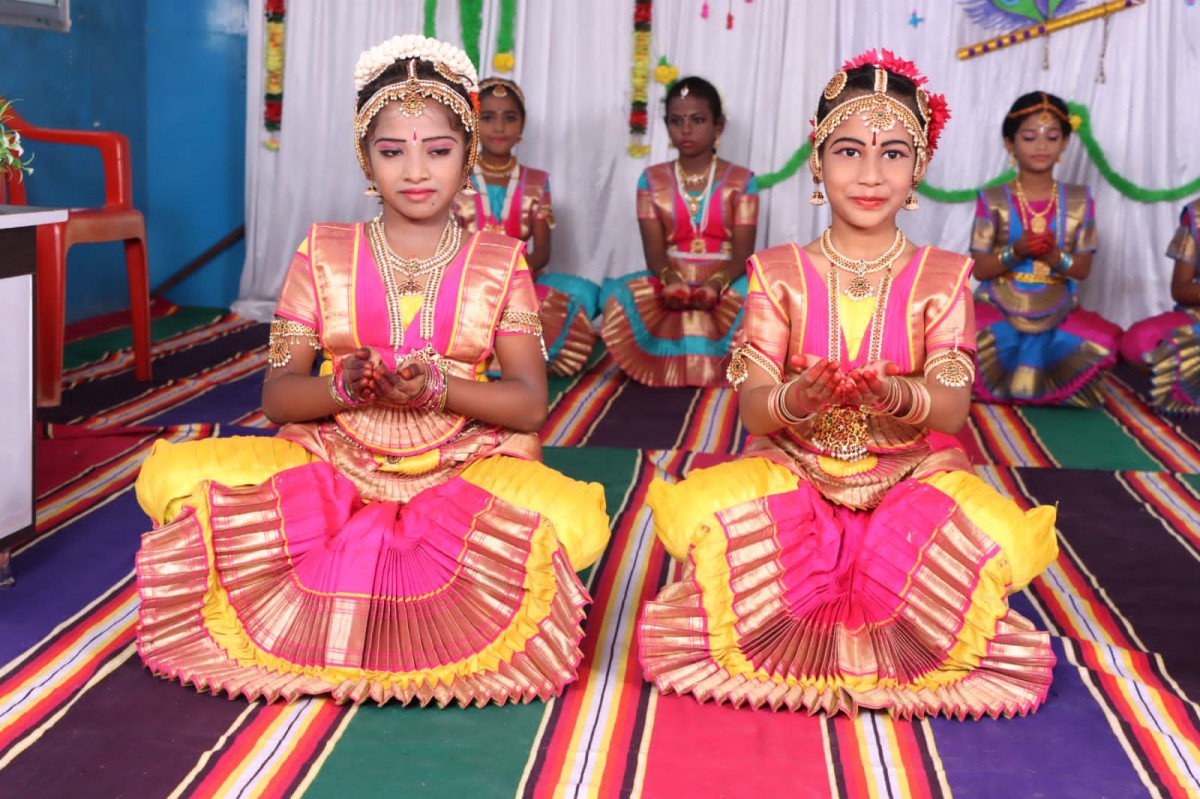

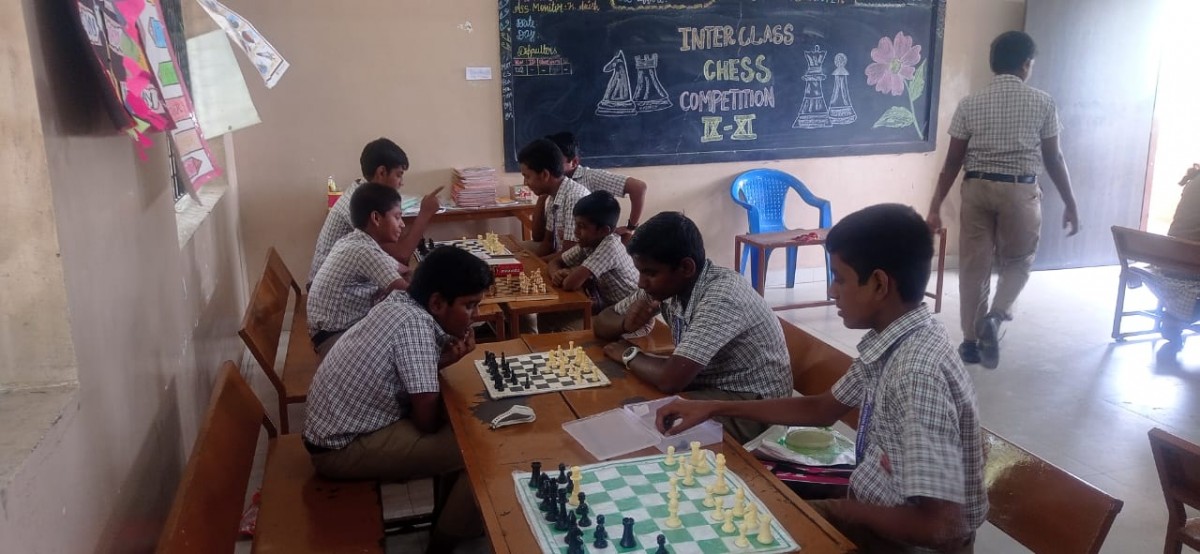
.jpg)
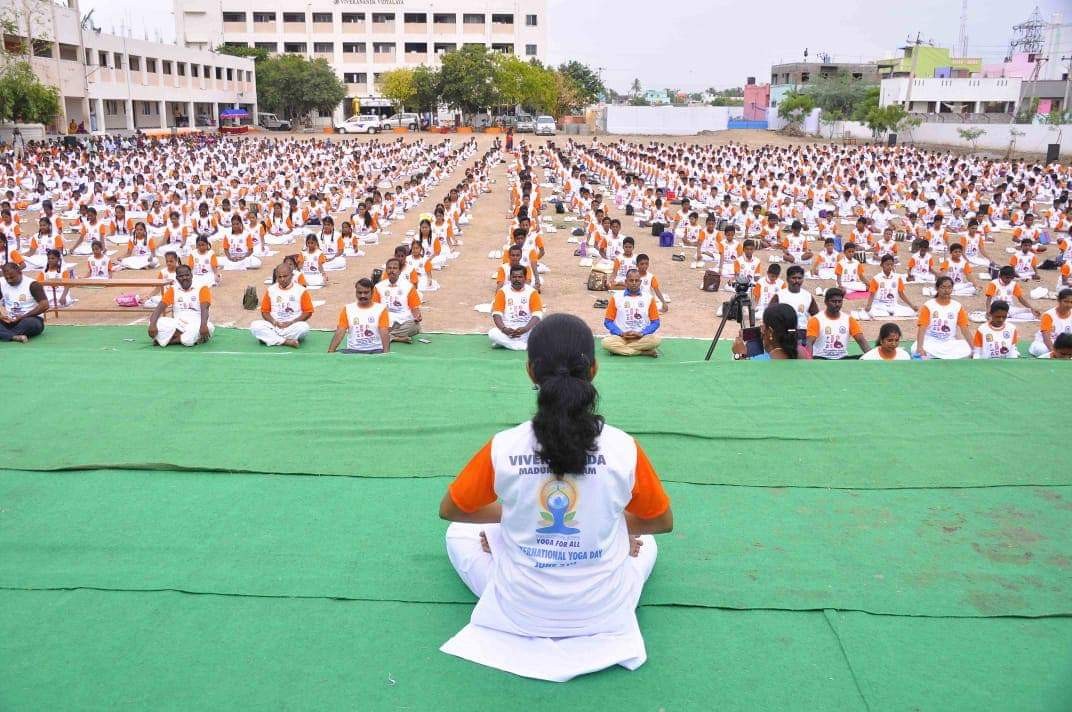
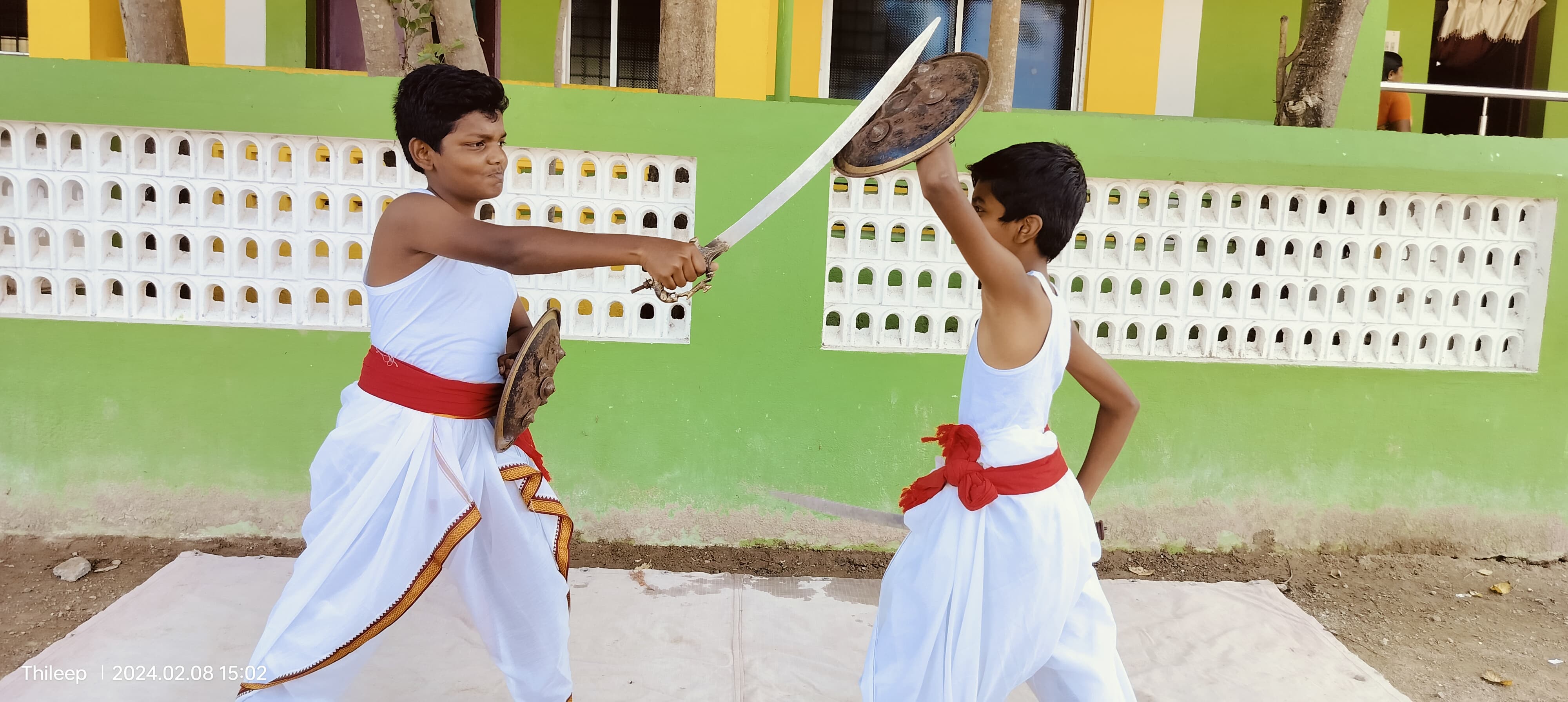
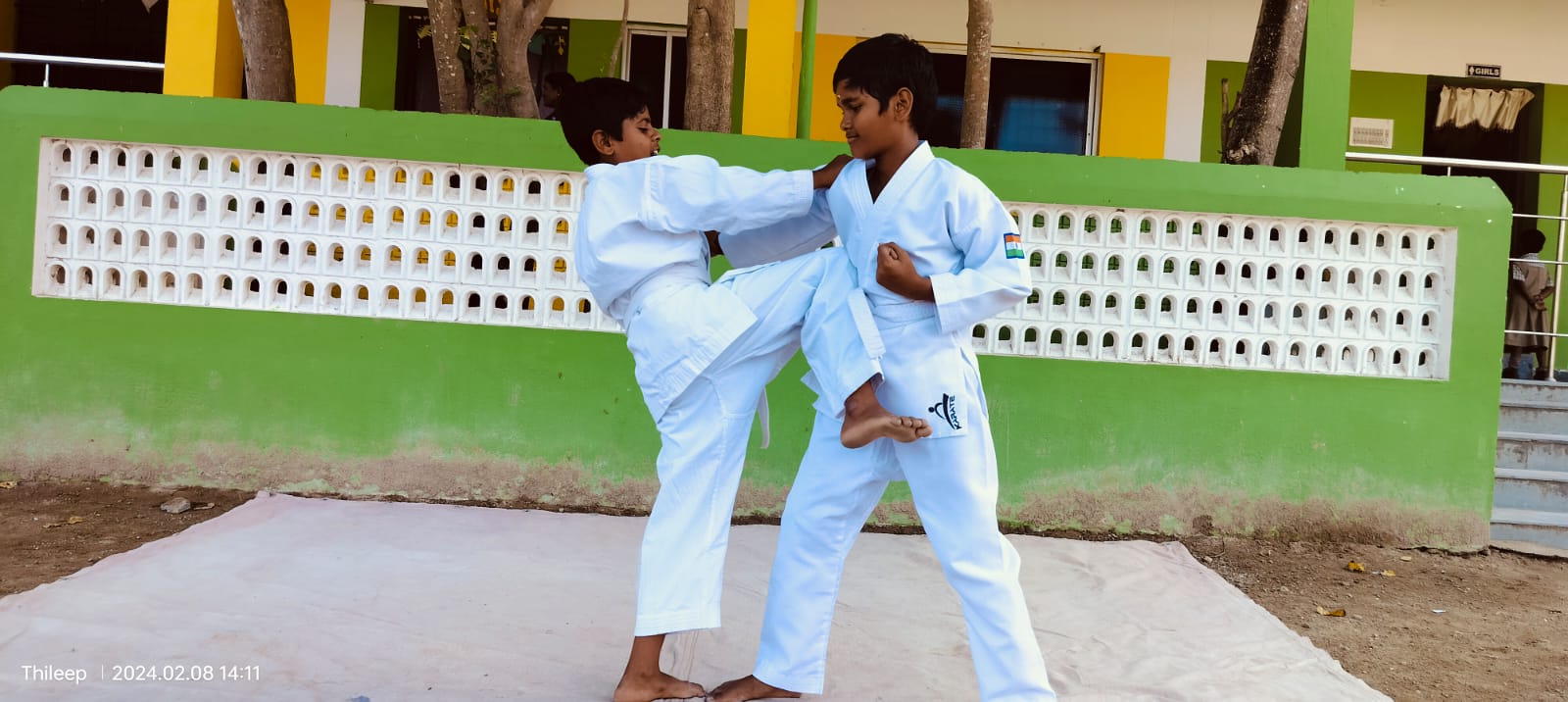
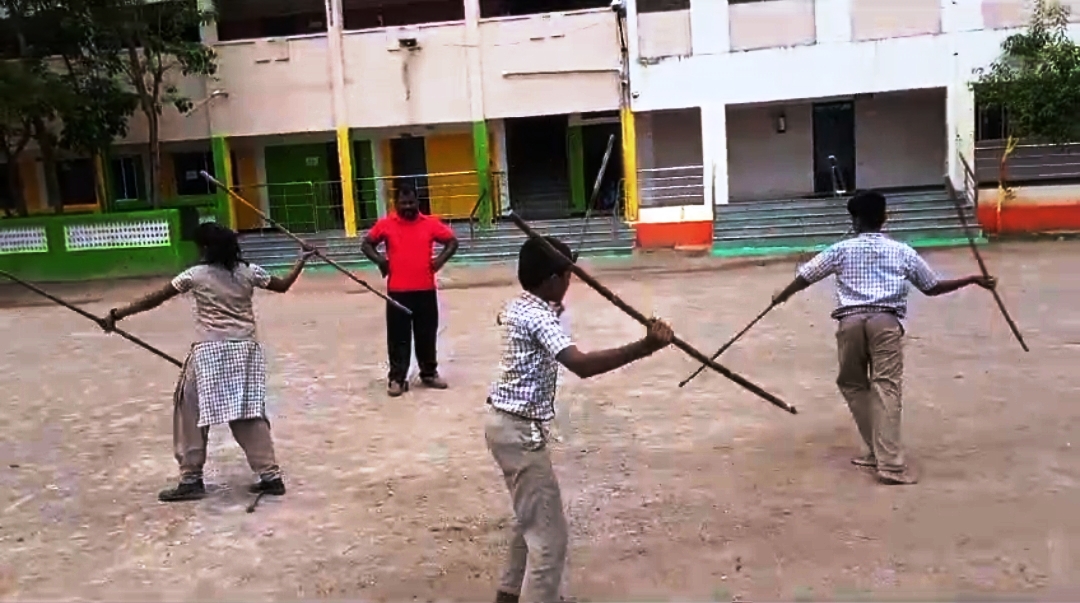
.jpg)